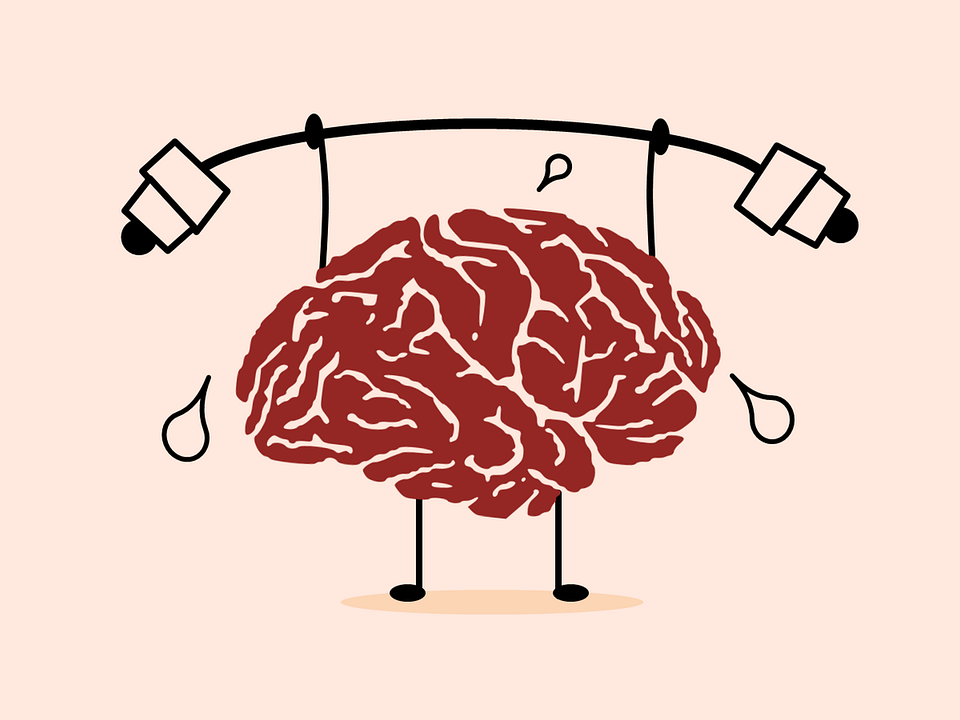The keto diet, another typical fad diet? Actually, it’s been around for a while now, and people are getting some pretty good results from it.
What exactly is so different in Ketogenic Diet?
Well, most of these fad diets you find simply tells you to eat this certain type of food and avoid those certain type of food and voila, you’re on your way to losing a hundred pounds! Of course, a lot of them don’t really work and makes very little sense. What’s special about the keto diet, short for ketogenic, is that it changes how your body feels, and most importantly, how your body uses energy by placing you into a state known as ketosis.
In ketosis, your body starts utilizing substances known as ketone bodies, which are produced by the breakdown of your body fat triglycerides. Quick science, first understand that your body loves glucose. If it has glucose on hand, it’s going to use that first for energy. Ina keto diet, the amount of carbohydrates you consume goes down, therefore, the amount of glucose goes down, too. In order to combat this, your body uses stored glucose in the form of glycogen, but then that’s going to run out as well.
The next step is to convert a substance known as oxaloacetate in the liver into glucose. At the same time this is happening, your body is breaking down your fat into free fatty acids and sending it to your liver to metabolize another important substance known as acetyl CoA. Acetyl CoA is then placed into the Krebs cycle in the liver cells to produce energy. But it can’t do that right now. Remember that oxaloacetate that was being broken down into glucose? Well, oxaloacetate is also needed for the Krebs cycle to function. Now your liver has all of these acetyl CoA lying around so it decides to break it down into two substances called acetoacetate and beta-hydroxybutyrate, which are known as ketone bodies. It sends them into the bloodstream where other body cells pick them up, convert the ketone bodies back into acetyl-CoA, into Krebs cycle, and energy is produced!
Helpful for brain

This is also really good news for your brain since even though your brain loves glucose, too, it can function on ketone bodies as well. In fact, ketone bodies provide more energy per gram for the brain versus glucose, so win-win for your mental capacity!
No or low Carbs

Your body no longer relies heavily on carbohydrates, it burns a lot of fat, and your brain functions pretty well. But of course, there’s always a catch, a number of catches in this case. Studies show that power output decreases in cases where maximum intensity is required. This makes sense because the breakdown of glucose via glycolysis plays a crucial role in providing immediate energy for your body. With no glucose and glycogen in your body, intense workouts become a lot harder. And the lack of glycogen also affects muscle growth, since there is a strong positive connection between glycogen availability and protein synthesis. Take the glycogen away, and the process slows down.
The keto flu

Something that happens when your body starts transitioning off of carbs and rely more heavily on ketone bodies. The “keto flu,” which isn’t an actual flu, contains symptoms such as headaches, fatigue, coughing, nausea, and even upset stomach. The positive note, though, is that it passes quite quickly and won’t come back again unless you come out of ketosis. The keto diet is also very food restrictive. A conventional diet has you eating roughly 20% fat, 30% protein, and 60% carbs. The keto diet, on the other hand, shifts you all the way to 70% fat, 25% protein, and 5% carbs, or below 30 grams. That’s a huge change that some people just cannot do. Cutting out so many carbs is easier said than done.
This is a huge battle itself, and a lot of times, a losing battle. But even with the drawbacks, people still advocate for it. And the reason that’s the case can be summed up from this study in 2004 from the Annals of Internal Medicine: “a low-carbohydrate diet (such as a keto diet), had better participant retention” compared to a low-fat diet. That is saying, even with all the drawbacks, individuals on a keto diet find it much easier to stick to the diet more so than a conventional diet. This is because, with so much more fat and protein-dense foods, your satiety, or fullness level, goes up much faster. A 200 calorie chicken breast or 200 calories worth of green leafy vegetables, will make you feel more full than say a 200 calorie, carb-heavy pasta.
But even if this is the case, a calorie is still a calorie. Yes, protein and fat calories will make you feel more full, but it won’t help you lose weight if you’re still eating more calories than you burn.
Is the keto diet worth it?
Well, it all comes down to, “It depends.” If you’re someone that struggles a lot with feeling full whenever you go on a weight loss diet, then yes, the keto diet might help you battle those feeding frenzies. Just remember those drawbacks that will occur, and at the end of the day, it still comes down to calories in versus calories out.



